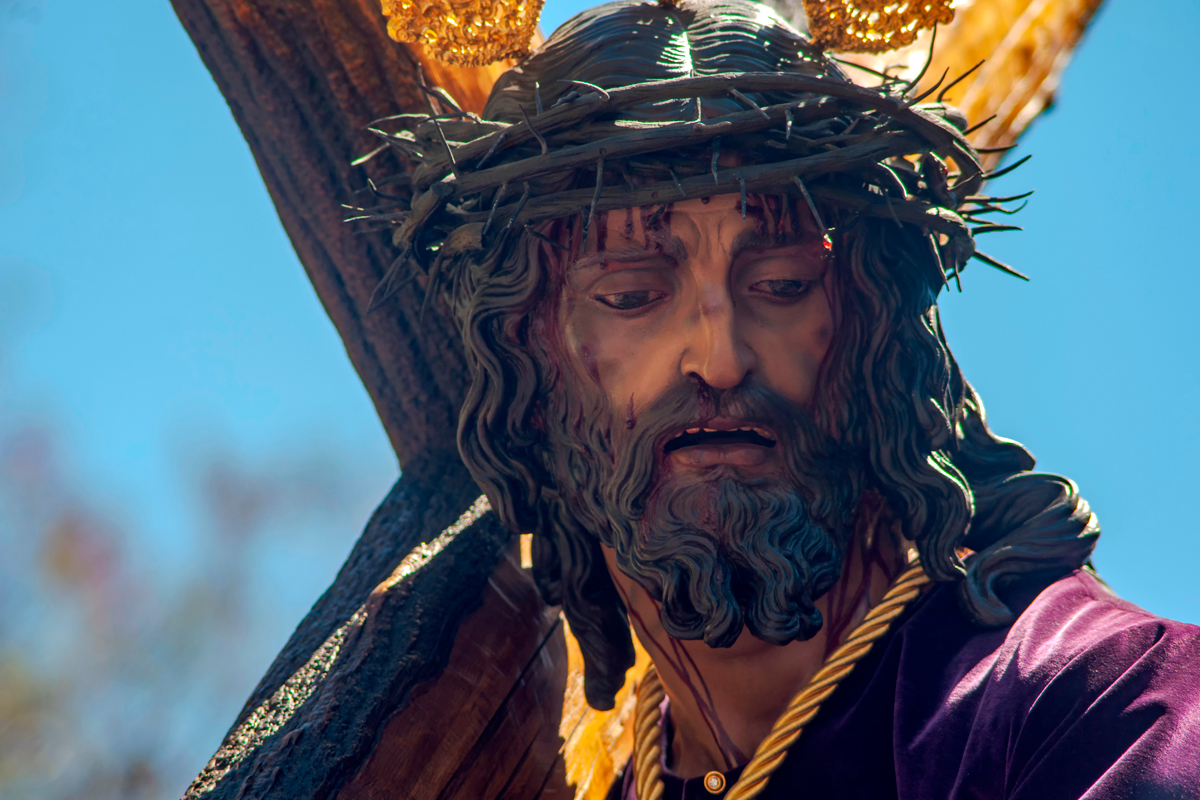Coming to Madrid during Holy Week is an unparalleled experience that combines religious tradition with vibrant Spanish culture. During this time, the city fills with processions that traverse its historic streets, offering a unique opportunity to witness devotion and sacred art in action. Additionally, Madrid offers a wide range of cultural and gastronomic activities, from visits to renowned museums to enjoying delicious local cuisine in its typical taverns. Immerse yourself in the unique atmosphere of the Spanish capital during Holy Week and experience a blend of tradition, culture, and gastronomy.
Traditions and customs associated with holy week in Madrid
Holy Week in Madrid is imbued with a series of unique traditions and customs. One of the most prominent is the celebration of processions, where brotherhoods parade through the city streets carrying religious images, accompanied by sacred music and the participation of thousands of faithful and spectators. These processions are characterized by the solemnity and devotion manifested in each step. Another emblematic tradition is the “Blessing of the Palms,” which takes place on Palm Sunday, where the faithful bring palm and olive branches to churches to be blessed. Additionally, throughout the week, various religious events are celebrated, such as liturgical services and representations of the Passion of Christ. Gastronomically, Holy Week in Madrid is distinguished by the preparation and consumption of typical “torrijas,” a traditional dessert made especially during this time, consisting of bread slices soaked in milk, egg, fried, and then sprinkled with sugar and cinnamon. These are some of the most deeply rooted traditions and customs experienced during Holy Week in Madrid.
Main processions and religious events.
Among the main events and activities are the processions, which are the central element of these celebrations. Brotherhoods and fraternities perform solemn processions through the streets of Madrid, carrying religious images on adorned floats, accompanied by sacred music and followed by faithful and spectators.
Emblematic processions include those of the Christ of the Halberdiers, which takes place on Palm Sunday in the Plaza Mayor, or the Procession of Silence, which takes place on Maundy Thursday night from the Church of San Ginés to the Basilica of Our Lady of Atocha. Other notable religious events include special liturgical services held in churches and cathedrals across the city, such as the Chrism Mass on Maundy Thursday at the Almudena Cathedral or the Liturgy of the Passion on Good Friday at the same cathedral. These are just some of the main religious activities to be enjoyed during Holy Week in Madrid.
Iconic places to visit during holy week in Madrid
There are several iconic places that stand out for their religious significance and as settings for the main celebrations and processions. One of the most emblematic places is the Plaza Mayor, where various activities related to Holy Week take place, such as the Blessing of the Palms on Palm Sunday and some processions, such as that of the Christ of the Halberdiers. The Basilica of Our Lady of Atocha is another prominent location, housing the image of Our Father Jesus Nazarene, which plays a central role in several processions, including the Procession of Silence on Maundy Thursday night.
The Almudena Cathedral is also a significant reference point, hosting numerous religious services during Holy Week, including the Chrism Mass and the Liturgy of the Passion on Good Friday. Additionally, the route of the processions through the streets of Madrid’s historic center, such as Calle Mayor and Puerta del Sol, are iconic places where you can witness the most traditional manifestations of Madrid’s Holy Week.
Typical gastronomy of holy week in Madrid
This is characterized by a series of dishes and traditional sweets that are especially popular during this time of year. One of the most emblematic sweets is the “torrija,” a dessert made with slices of bread soaked in milk, egg, fried, and then sprinkled with sugar and cinnamon. Torrijas are ubiquitous in the shop windows of bakeries and cafes during Holy Week and are highly appreciated by locals and visitors alike. Another typical dish is the “potaje de garbanzos,” a thick soup made with chickpeas, spinach, cod, and other ingredients that provide a comforting and traditional meal during these festive days.
Additionally, dishes made with cod, such as “bacalao al pil pil” or “bacalao a la vizcaína,” are often consumed as part of the Catholic tradition of abstaining from meat during Lent. These are just some of the culinary delights that can be enjoyed during Holy Week in Madrid, combining religious tradition with the rich Spanish gastronomy.

